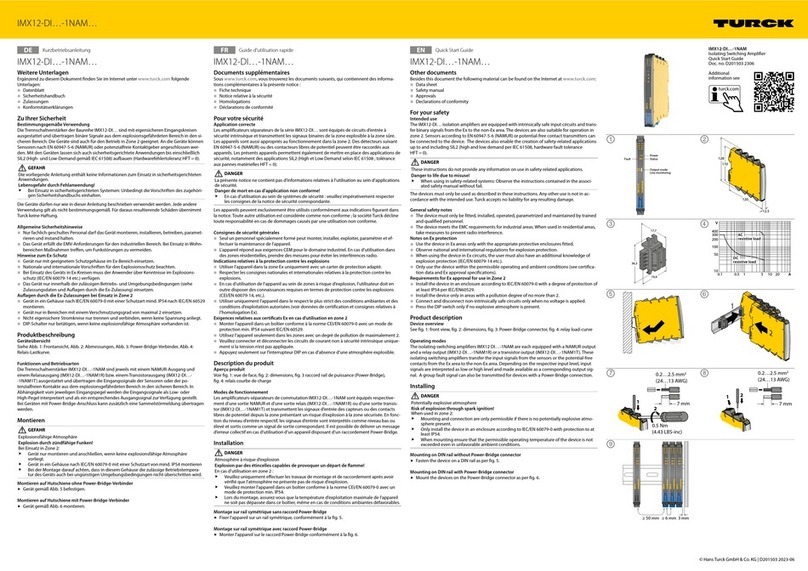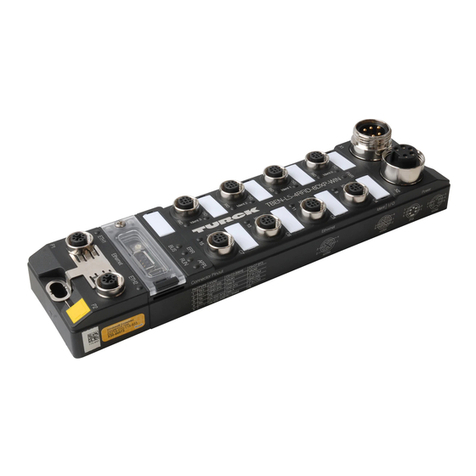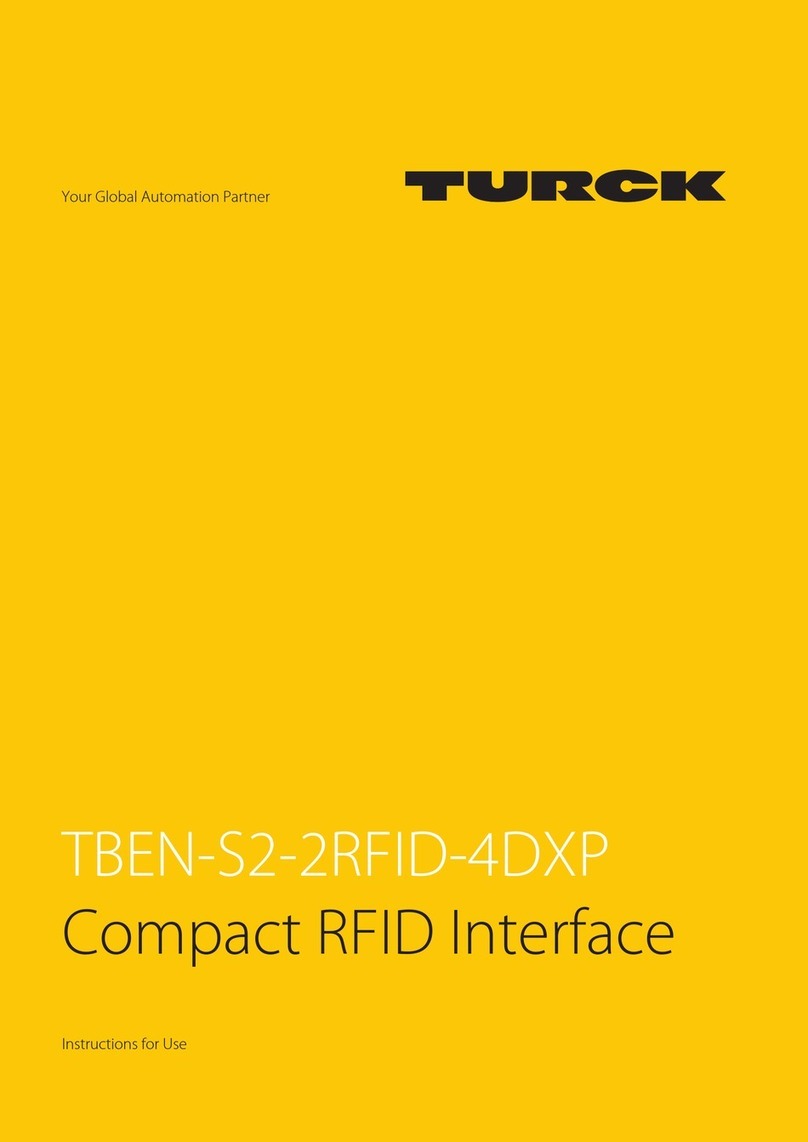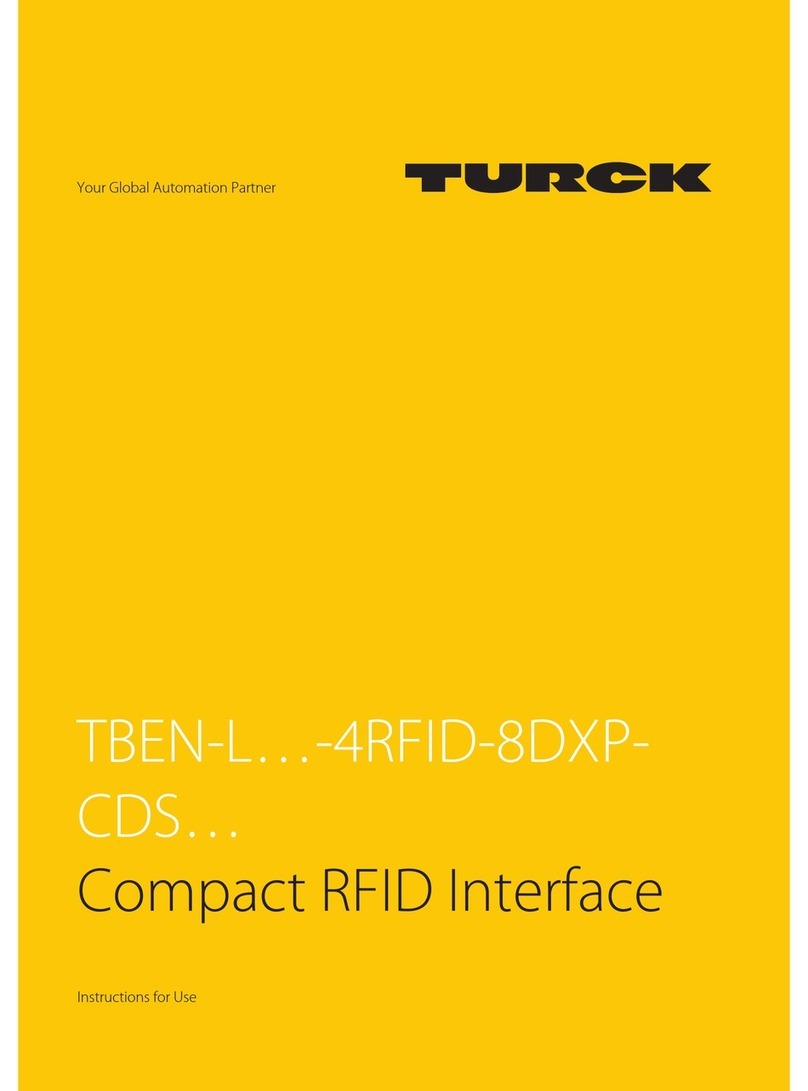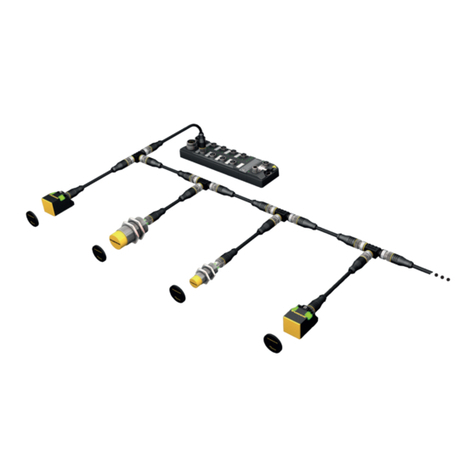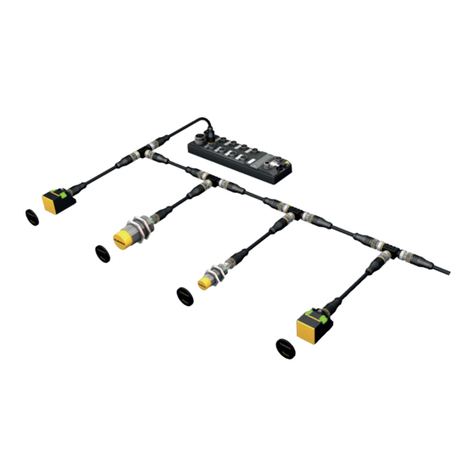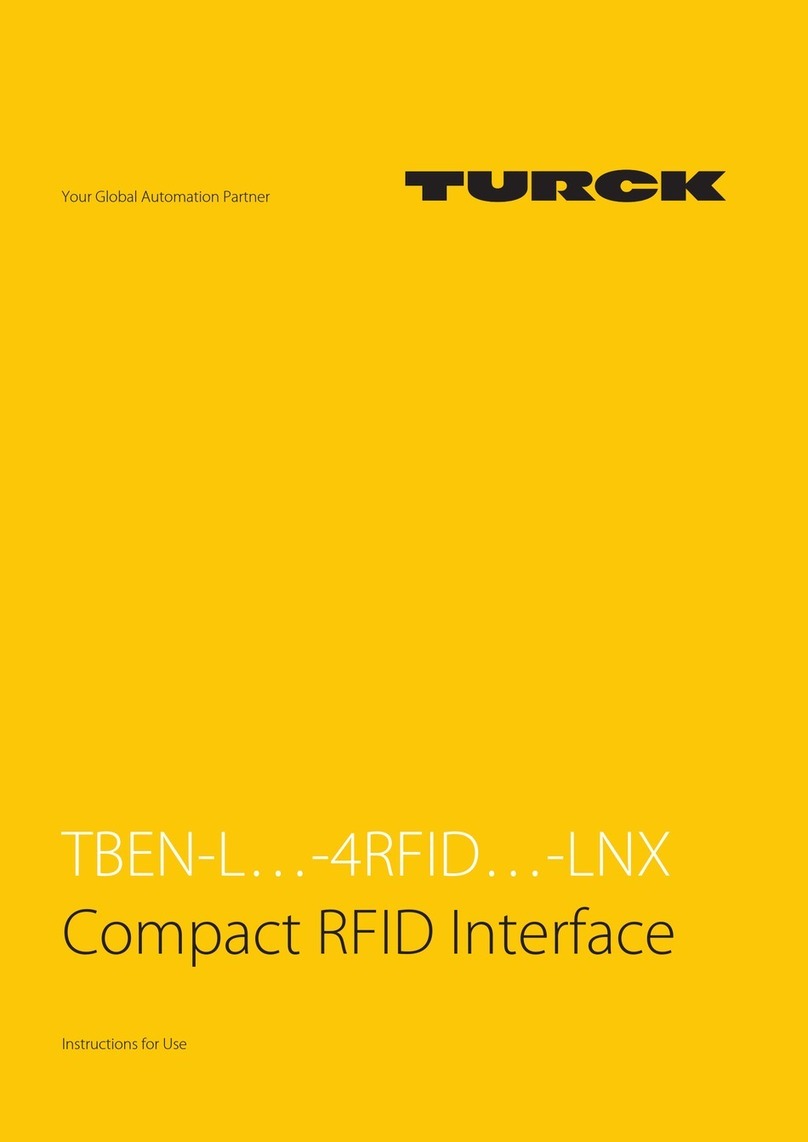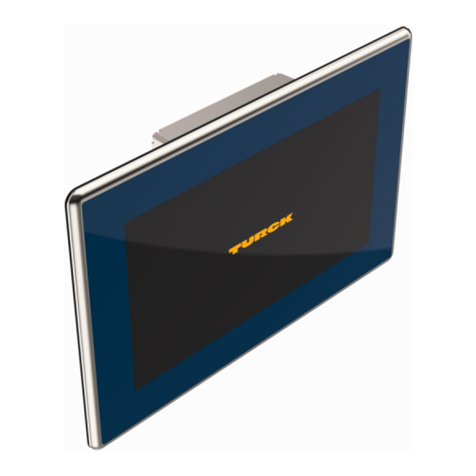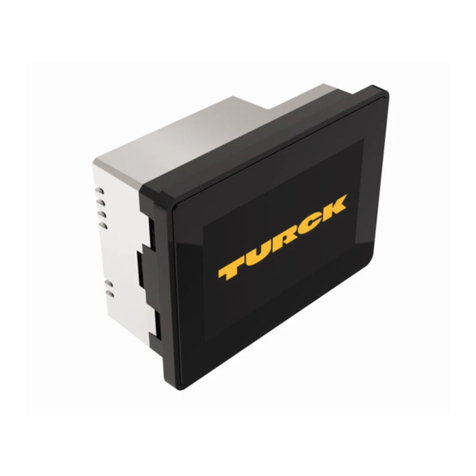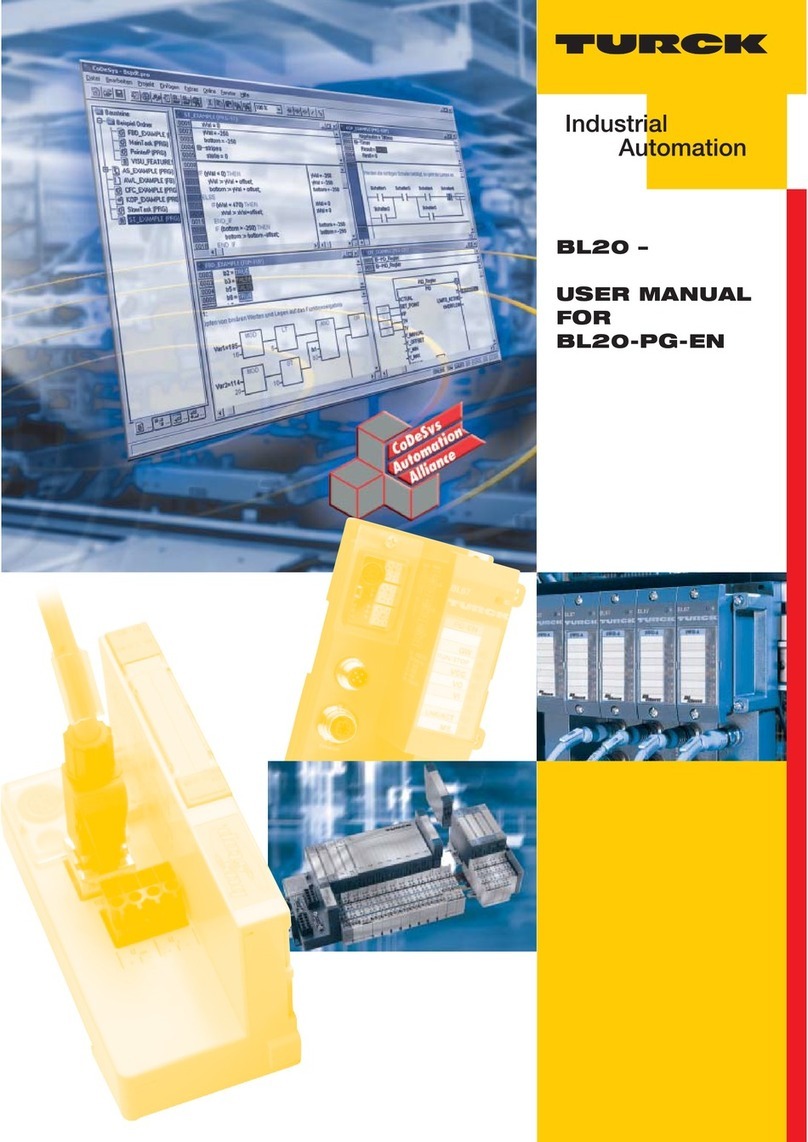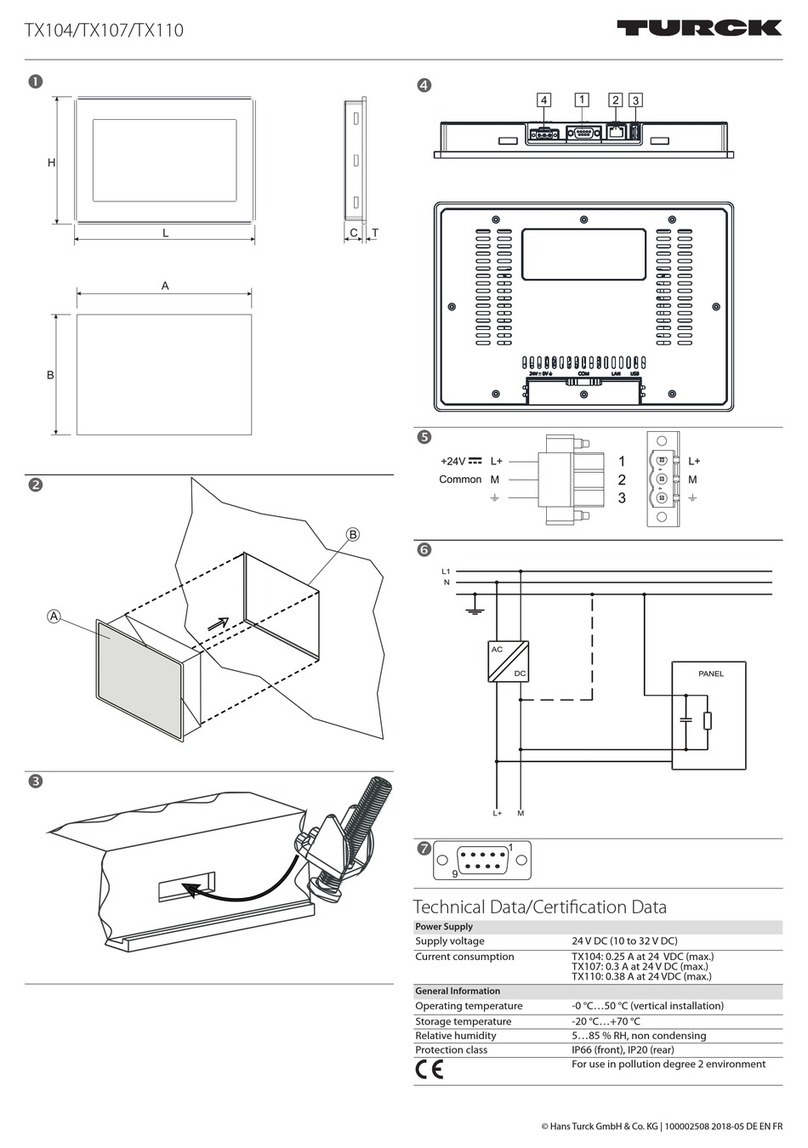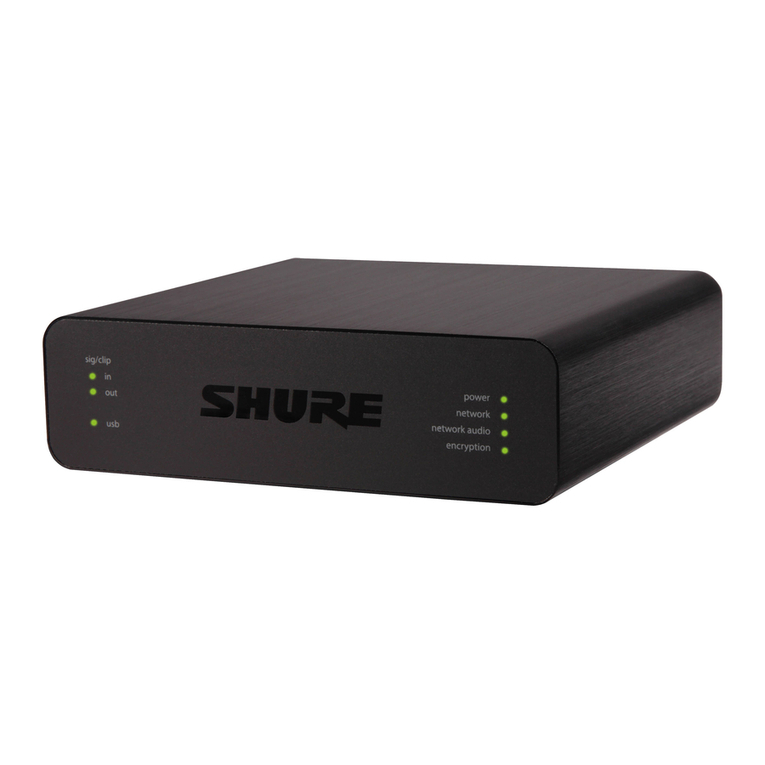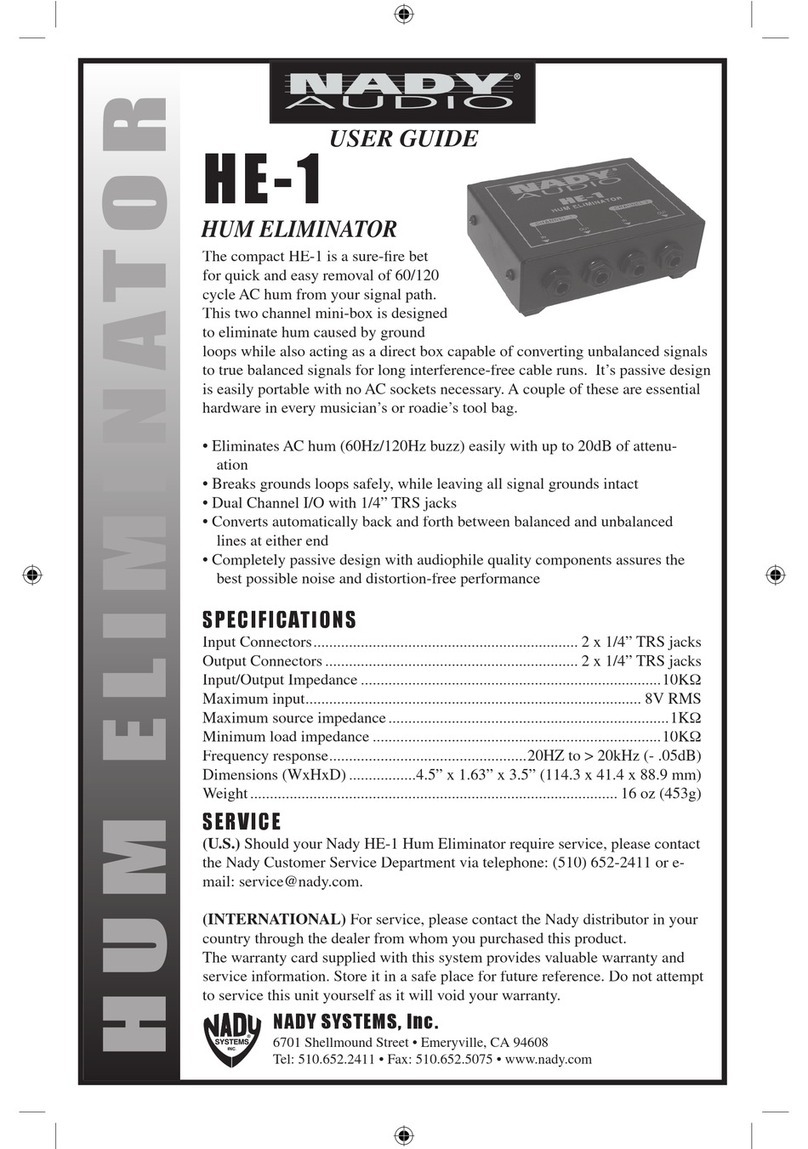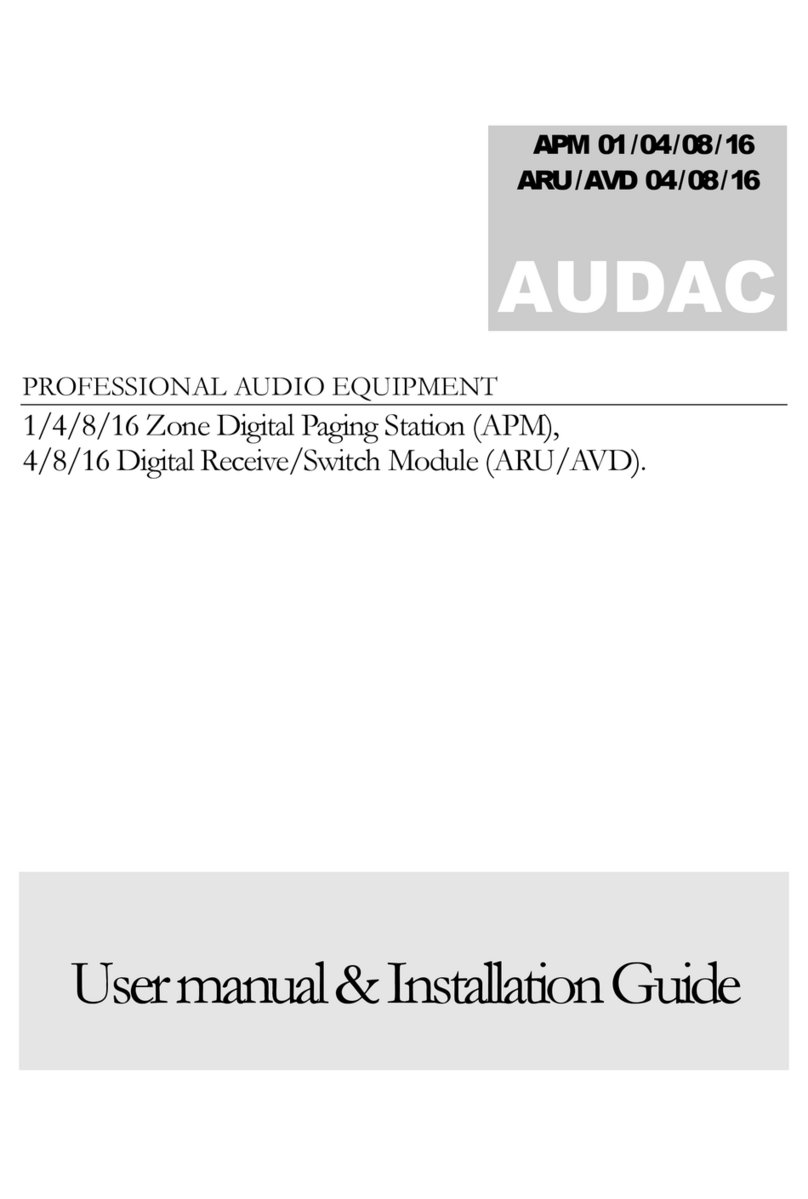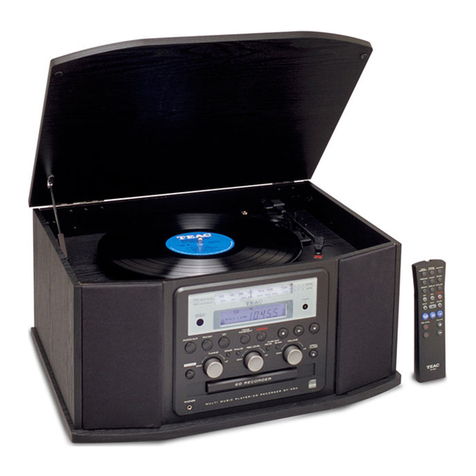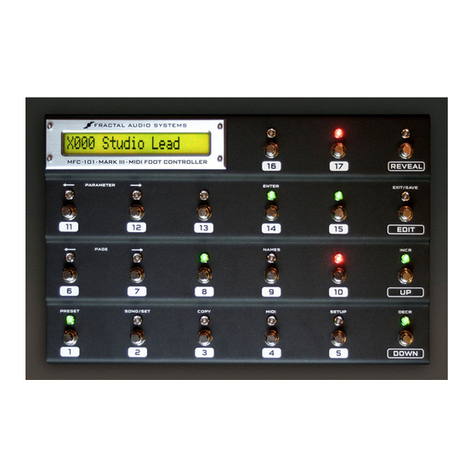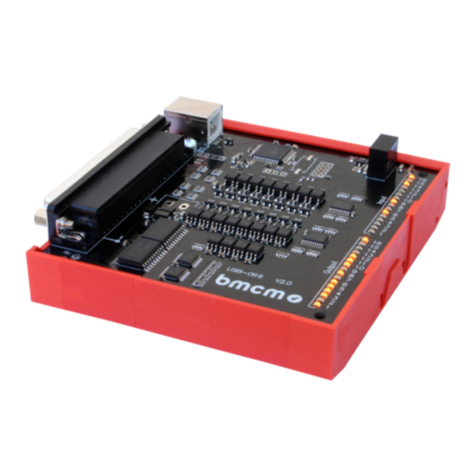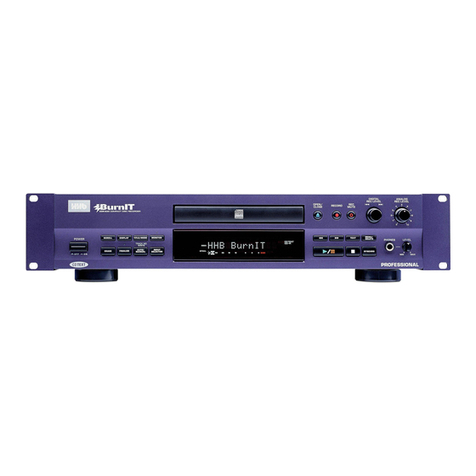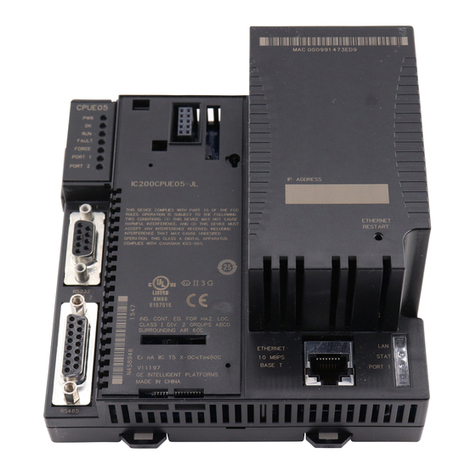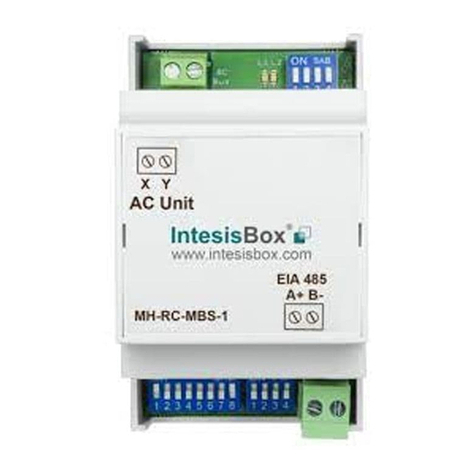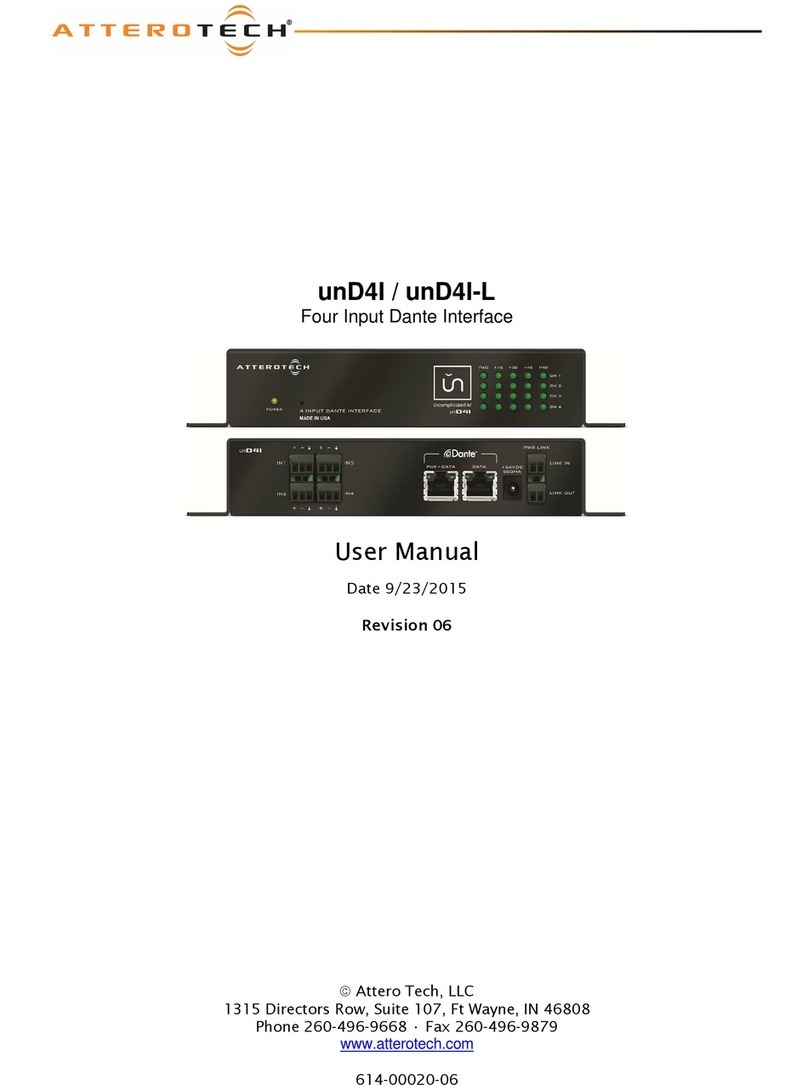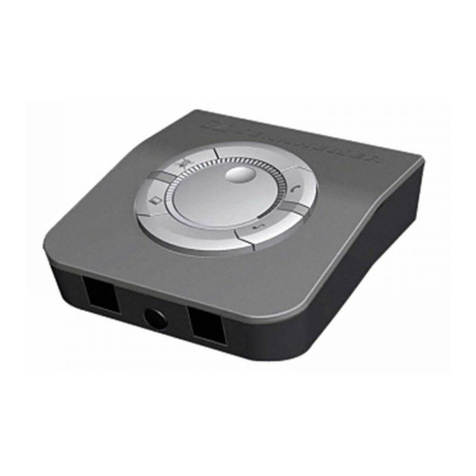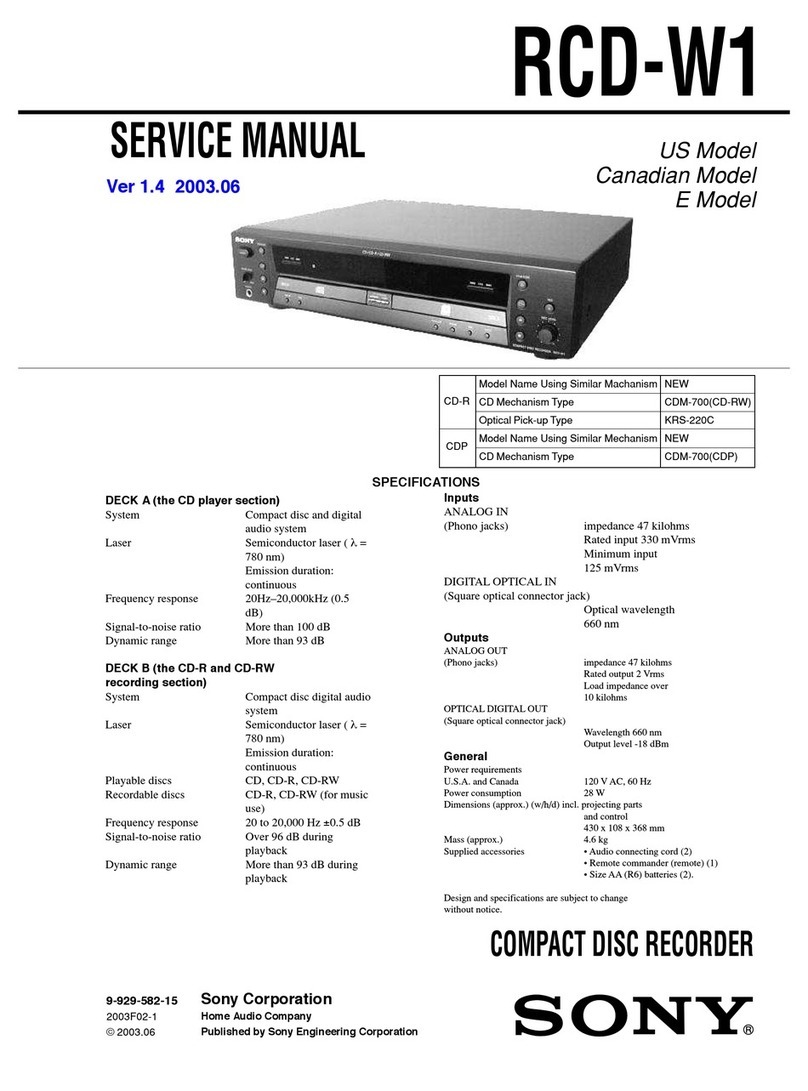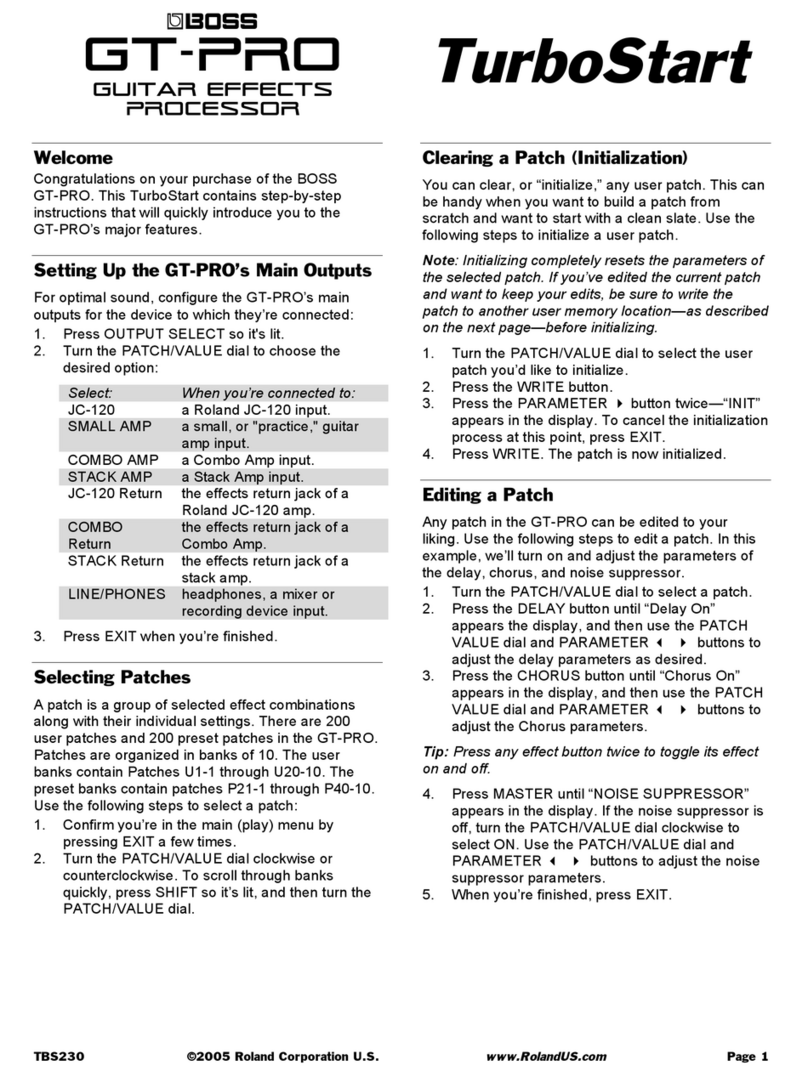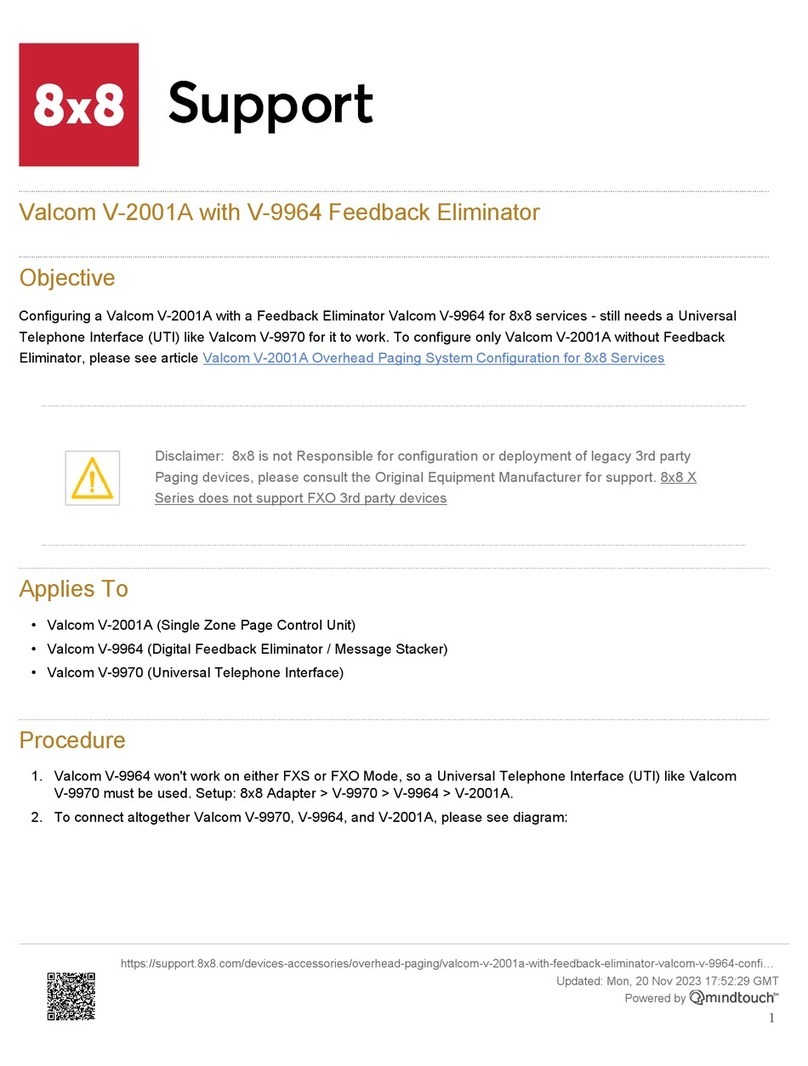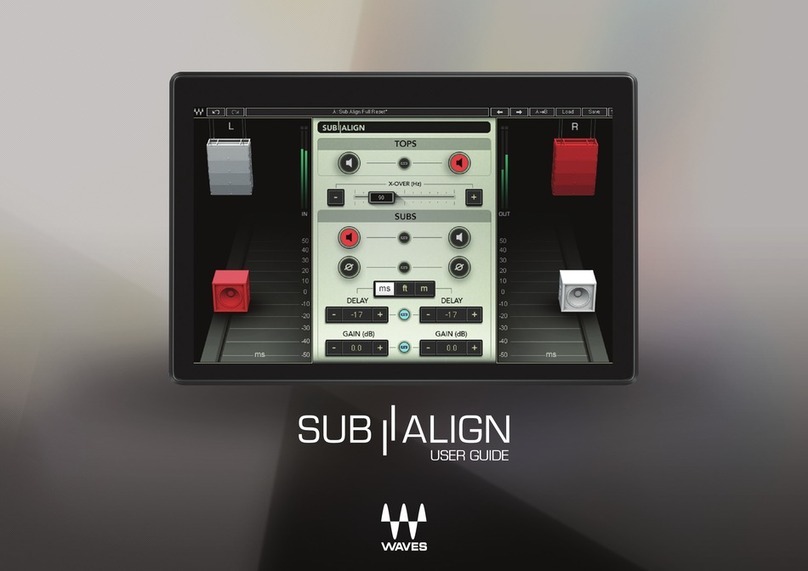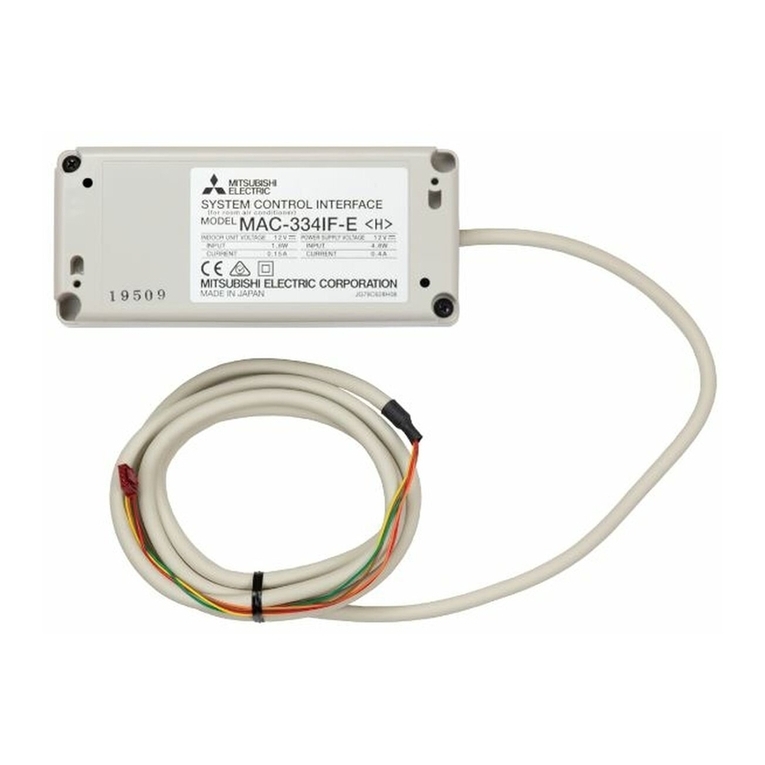
B1403 7
www.turck.com • Phone: 763-553-7300 • Application Support: 1-800-544-7769 • Fax: 763-553-0708 • Turck Minneapolis, MN 55441 www.turck.com • Phone: 763-553-7300 • Application Support: 1-800-544-7769 • Fax: 763-553-0708 • Turck Minneapolis, MN 55441
3.2: Signal Connection Application Note (continued)
Outputs
The quadrature probe has three dierential outputs, the “A”, “B” and“Z” outputs. These outputs are“dierential” (also known as
“balanced”). That is, the connection for each output consists of two signal wires. These are typically described as the “+” and“-”
signals. For example, the “A” channel consists of “A+” and “A-”. The same applies to the B and Z channels. For these (dierential)
outputs, the signal is measured with reference to the other signal (i.e. the dierence or dierential). For example, if the “A+”
signal voltage is greater than the “A-”signal, channel “A” is a logic “1”. Conversely, if the “A+” signal voltage is lower than the “A-”
signal, channel“A” is a logic “0”. Again, this applies to the B and Z channels as well. Dierential type signals are much less prone
to interference caused by electrical noise or ground loops more often found in single ended signal connections.
The dierential outputs of the A, B and Z channels are at RS-422 signal levels on option“R”output driver units. RS-422 is a
well known TIA/EIA standard and common interface type for incremental encoders. The RS-422 receiver channel (on the
PLC or controller side of the connection) typically has what is referred to as a termination resistor connected across the “+”
and “-”signal pins. The value of the termination resistor is (by RS-422 specications) typically 100 ohms. For proper signal
integrity, especially at higher data rates (i.e. quadrature pulse frequency), a termination resistor of no greater than 1 k is
recommended.
Driving Single Ended Inputs
A dierential output can also be used to drive single ended inputs. Special consideration must be given to these types of
applications. It should be noted the main signal requirements for an RS-422 signal is the dierential voltage of the “+”relative
to the “-”signals and not necessarily the voltage level of any one of these signals with respect to ground (or common). To meet
the RS-422 specication, this dierential voltage only needs to be +/- 0.2 volts. However, an RS-422 driver will typically drive
either the “+”or“-” signal to around 3.8 volts with respect to ground. This voltage is more than sucient to drive TTL level
inputs as well as other low level inputs. The input voltage level specications of the PLC or controller being used should be
consulted for the actual level required.
When using PLC’s or controllers that are not TTL compatible output driver option “L” should be used. Option“L”uses a L7272
line driver I.C. The output from this driver will be 1 volt less than the LDT’s input power.
When physically connecting a dierential output to a single ended input, only use the“+”signal, leaving the “-”signal
unconnected. Do NOT connect the “-” signals to ground. The “A+, “B+” and“Z+” signals should be connected to their
corresponding inputs. Insulate and tie back the“-” signals.
3.3: Quadrature Output Resolution & Speed
The internal resolution of the Q21-DQ LDT is 0.001”. This would be represented to the encoder input device by specifying an
output resolution of 1,000 cycles per inch for the transducer. Although the typical resolution is 1,000 cycles per inch (CPI), the
transducer can be ordered with virtually any CPI setting.
For a typical rotary type shaft encoder with incremental quadrature output, the output frequency of the pulses is governed
by the resolution of the encoder (pulses per turn) and the rotational speed (RPM) of the encoder. The output pulse rate from
the transducer is stretched out over the LDT internal update time. The output frequency must be specied so that it does not
exceed the maximum pulse rate of the encoder input card the sensor is connected to. The output pulse frequency range can
be ordered from 1KHz to 1MHz.
3.4: Q21-DQ Wiring Connections
Once the LDT has been installed, wiring connections can be made. There are two groups of connections you will need to make.
They are as follows:
• Power Supply Connections (including grounding and shielding)
• LDT Input/Output Connections
Power Supply/Ground Connections
To reduce electrical noise the shield must be properly used. Connect the cable’s shield to the controller system GND. The cable
shield is not connected at the transducer end. Always observe proper grounding techniques such as single point grounding
and isolating high voltage (i.e. 120/240 VAC) from low voltage (10 - 30 VDC cables). Whenever possible, this cable should be
run in conduit by itself.
